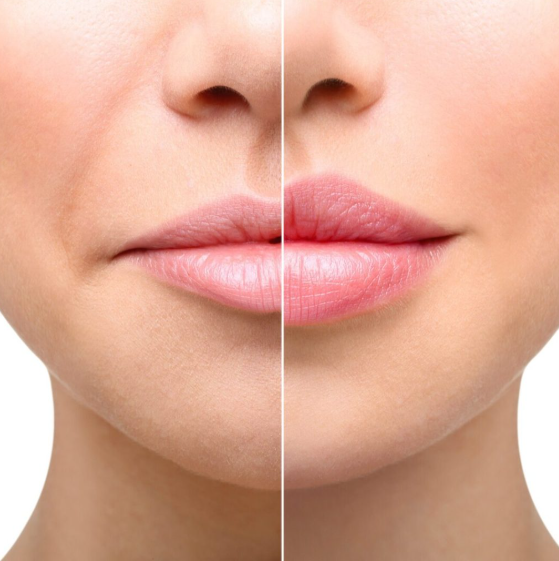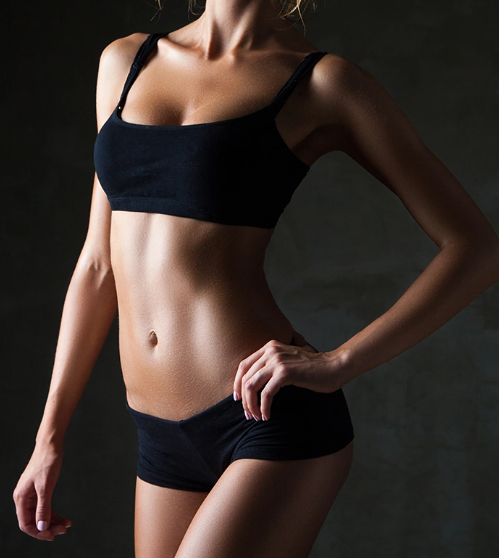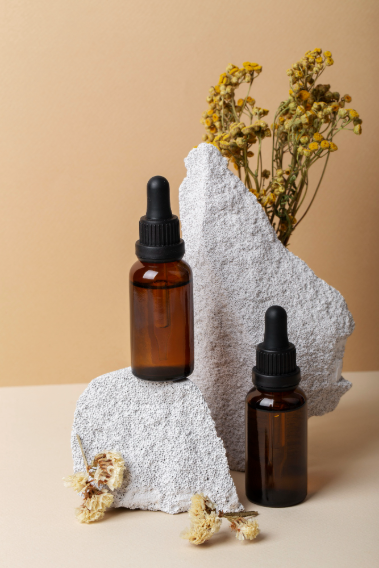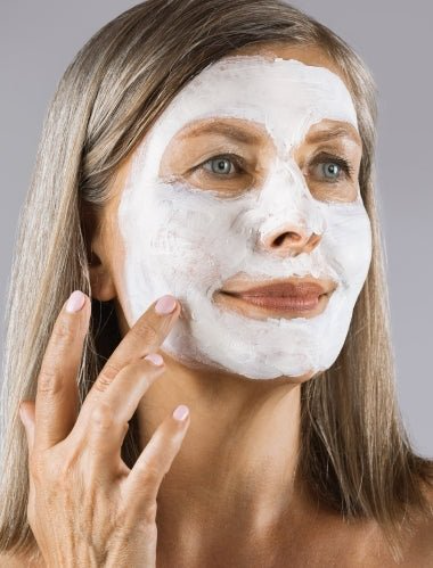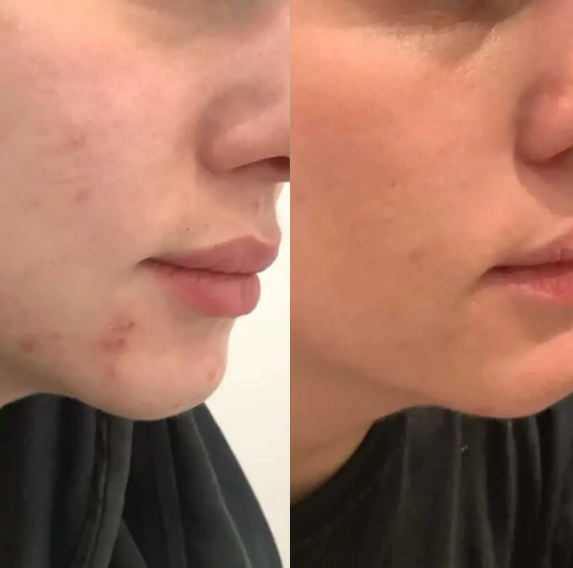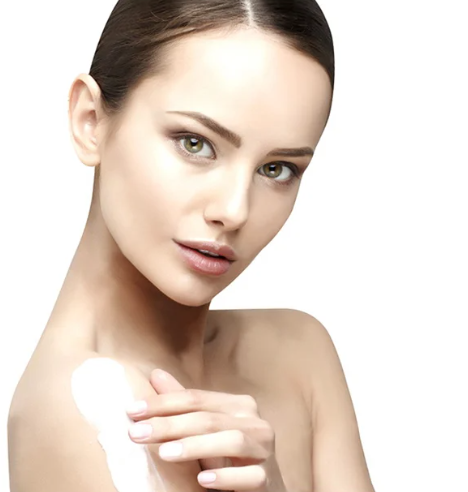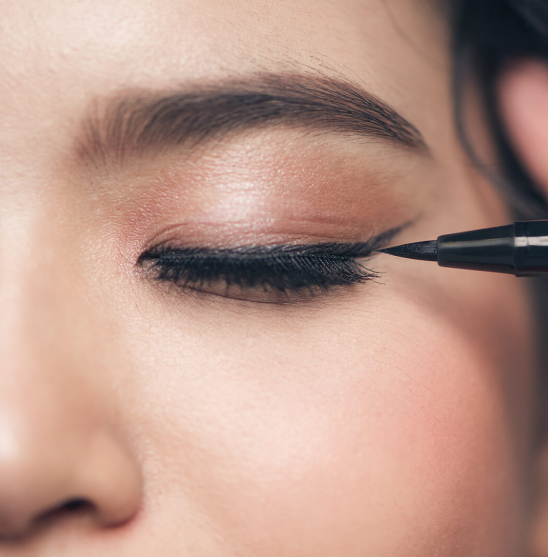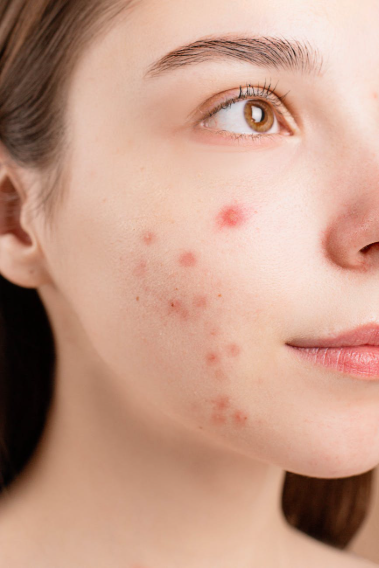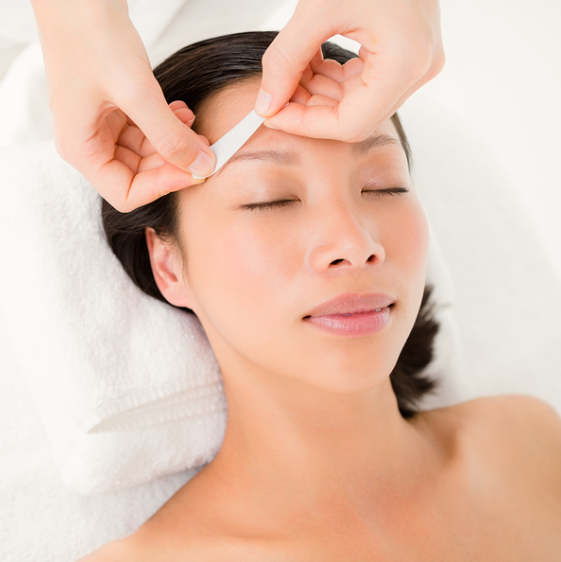If you’re considering lip fillers, it’s essential to know what to expect after the procedure. While the process itself is quick and relatively painless, the recovery period can involve some swelling and discomfort. However, these are entirely normal and typically temporary. With the right care, the healing process can be smooth, and you’ll soon be showing off those fuller lips! Let’s walk through the different stages of lip filler swelling and what you can do to manage it.
The Day of the Procedure
After receiving your lip fillers, you’ll likely experience some initial swelling. The good news is that the procedure itself doesn’t take long, and while you might notice some minor swelling immediately, it’s nothing to worry about. If your lips appear uneven at first, that’s also completely normal—it’s just your body’s way of responding to the treatment.
Once you’re done, make sure to rest, apply ice, and relax while your body starts the healing process.
Day 1: The Swelling Begins
The morning after your treatment, your lips will likely feel swollen and tender. At this stage, it’s essential to remind yourself that the swollen lips you’re seeing are temporary. Your body is still adjusting, and it’s common to see some asymmetry between your upper and lower lips, with one side potentially more swollen than the other.
This is part of the healing process, so don’t panic—just continue icing your lips to reduce swelling and discomfort.
Day 2: More Swelling and Bruising
By the second day, you may notice that the swelling and inflammation have increased, and you might even see some bruising. This is completely normal. Some people also experience a bumpy texture on their lips, but don’t worry—this will smooth out as your lips continue to heal. Keep icing your lips and try to rest as much as possible during this time.
Day 4: The Healing Starts
Around day four, you’ll notice significant progress. While your lips will still be swollen, they will begin to feel less sensitive, and simple tasks like eating and talking should be more comfortable. If you don’t see improvement, it’s always a good idea to check in with your provider, just to make sure everything is progressing well.
Day 7: Seeing the Results
By the end of the first week, most of the swelling will have gone down, and you’ll start to see the actual results of your lip fillers. Although a slight amount of swelling might still be present, many patients feel confident enough to go out and enjoy social events. Your lips may not be fully settled yet, but they will be much closer to their final look.
Day 30: Fully Healed
After about a month, your lips should be fully healed with minimal to no swelling. This is when you can truly assess the final results. If you’re happy with how they look, great! But if they aren’t quite what you envisioned, don’t hesitate to consult your provider for a touch-up.
Tips for Speeding Up the Healing Process
The recovery process is vital for achieving the best results from your lip fillers. Swelling is the most common side effect, but there are steps you can take to reduce it and ensure a smoother recovery.
- Cold Compress
Right after the procedure, and for a few days after, use a cold compress or ice pack on your lips for 10-20 minutes at a time. This will help control swelling. You can alternate with a warm washcloth after a few minutes to maintain circulation and minimize inflammation. - Topical Creams
To soothe your lips and reduce swelling, consider applying topical ointments containing Arnica or Bromelain. These natural remedies can help calm irritation and reduce bruising, speeding up recovery. - Avoid Heat
While a hot bath may seem tempting, avoid hot temperatures around your lips for the first week after your procedure. Excessive heat can exacerbate swelling. Once the swelling has gone down, feel free to indulge in a relaxing bath. - Stay Calm
It’s normal to feel anxious as your lips will be swollen and possibly uneven in the days following your treatment. But remember, this is all part of the process, and things will improve with time. Rest, relax, and keep your mind occupied as your body heals.
Final Thoughts
The days following a lip filler procedure may involve some discomfort and noticeable swelling, but knowing what to expect can make the recovery process much easier to navigate. Be patient with yourself, follow the aftercare tips, and soon enough, you’ll enjoy the full results of your luscious lips.
